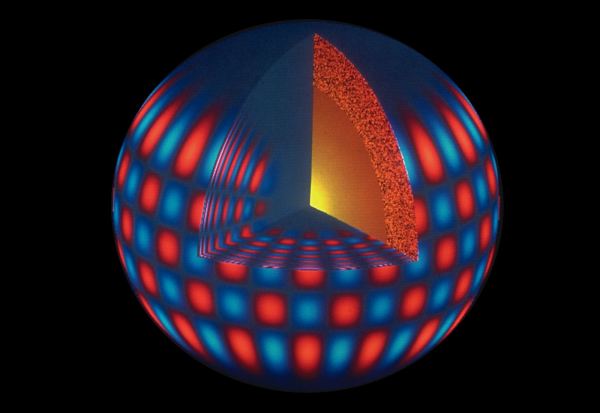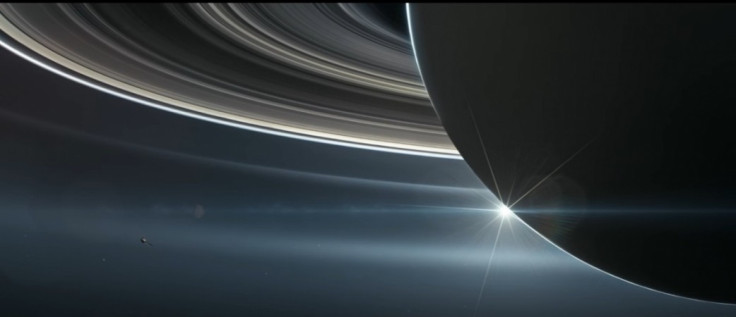Colloquium
by
Professor Donald Kurtz
Jeremiah Horrocks Institute
University of Central Lancashire, UK
Thursday, 30 January, 2020
4pm-5pm, INB3305
 In 1926 in the opening paragraph of his now-classic book, The Internal Constitution of the Stars, Sir Arthur Eddington lamented, “What appliance can pierce through the outer layers of a star and test the conditions within?” While he considered theory to be the proper answer to that question, there is now an observational answer: asteroseismology. We are in a time of a significant advance in our understanding of stellar astrophysics with data from the Kepler and TESS Space Missions. These have improved our ability to see pulsations and variability in stars by 100 to 1000 times compared with ground-based telescopes, allowing us to probe stars using asteroseismology. We are seeing as never before: heartbeat stars, the new tidally enhanced pulsators, novel eclipsing stars, spots, flares and magnetic cycles as in our own Sun. Astrophysics that used to be theoretical is now also observational: internal stellar rotation from core to surface; gravitational lensing in eclipsing binary stars; Doppler boosting; multiple pulsation axes; period doubling; tidal excitation in highly eccentric binary stars. Kepler and TESS data for solar-like stars are now comparable to data for the Sun seen as a star, giving us masses, radii and ages for thousands of single stars, allowing determination of their orbiting planets’ sizes, and giving new constraints on stellar evolution theory. It is now even possible to see into the cores of red giants and observe which stars are hydrogen shell-burning and which also are helium-core burning. This talk will introduce the concepts of asteroseismology and show a selection of exciting observational results from the Kepler and TESS missions.
In 1926 in the opening paragraph of his now-classic book, The Internal Constitution of the Stars, Sir Arthur Eddington lamented, “What appliance can pierce through the outer layers of a star and test the conditions within?” While he considered theory to be the proper answer to that question, there is now an observational answer: asteroseismology. We are in a time of a significant advance in our understanding of stellar astrophysics with data from the Kepler and TESS Space Missions. These have improved our ability to see pulsations and variability in stars by 100 to 1000 times compared with ground-based telescopes, allowing us to probe stars using asteroseismology. We are seeing as never before: heartbeat stars, the new tidally enhanced pulsators, novel eclipsing stars, spots, flares and magnetic cycles as in our own Sun. Astrophysics that used to be theoretical is now also observational: internal stellar rotation from core to surface; gravitational lensing in eclipsing binary stars; Doppler boosting; multiple pulsation axes; period doubling; tidal excitation in highly eccentric binary stars. Kepler and TESS data for solar-like stars are now comparable to data for the Sun seen as a star, giving us masses, radii and ages for thousands of single stars, allowing determination of their orbiting planets’ sizes, and giving new constraints on stellar evolution theory. It is now even possible to see into the cores of red giants and observe which stars are hydrogen shell-burning and which also are helium-core burning. This talk will introduce the concepts of asteroseismology and show a selection of exciting observational results from the Kepler and TESS missions.

 As one of the most scientifically rich voyages ever undertaken in our solar system reaches its dramatic conclusion, an astrophysicist who examines data from NASA’s pioneering Cassini mission joins the University of Lincoln, UK, to establish an exciting new specialism in space, planets and moon formation.
As one of the most scientifically rich voyages ever undertaken in our solar system reaches its dramatic conclusion, an astrophysicist who examines data from NASA’s pioneering Cassini mission joins the University of Lincoln, UK, to establish an exciting new specialism in space, planets and moon formation.